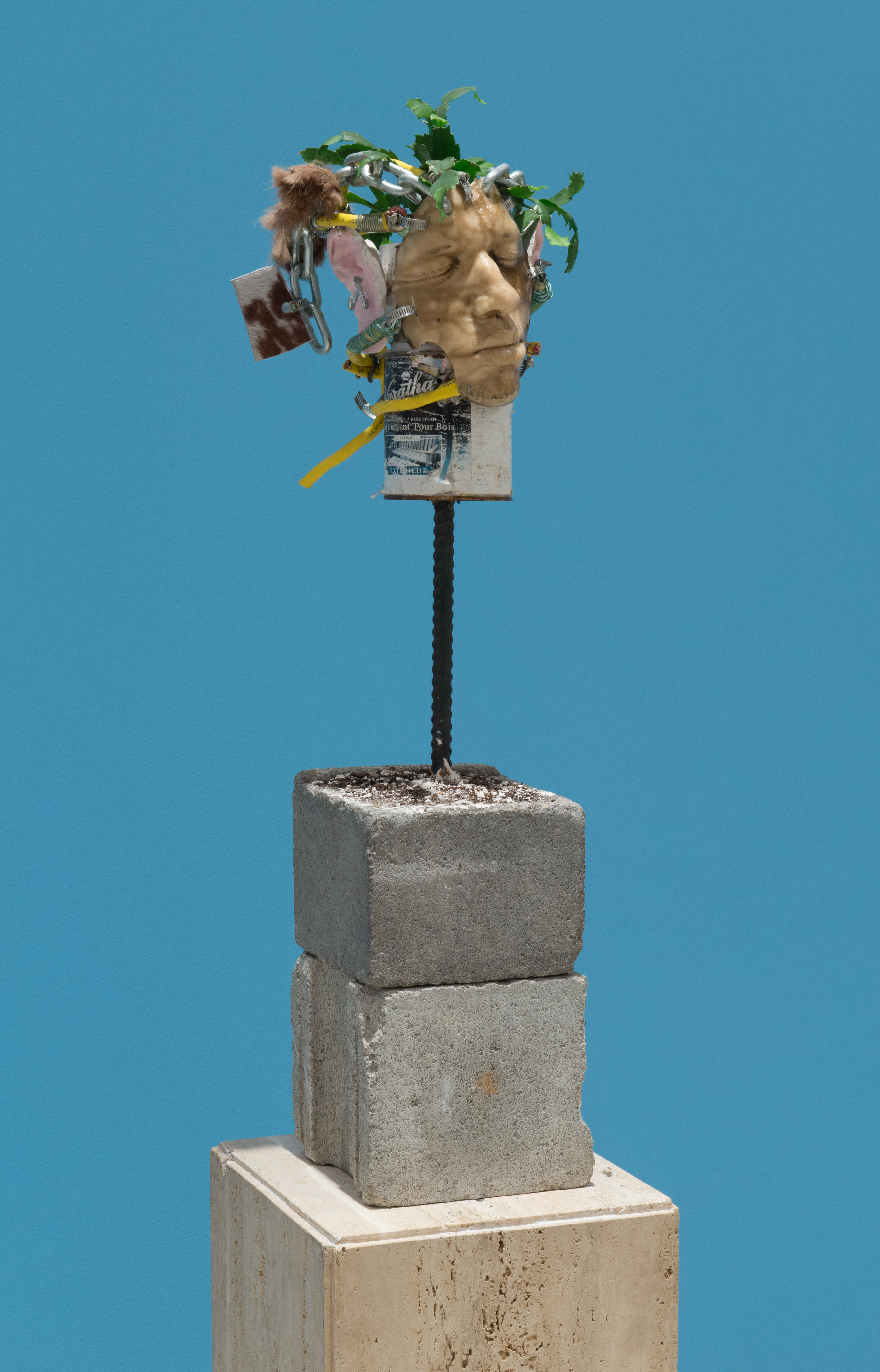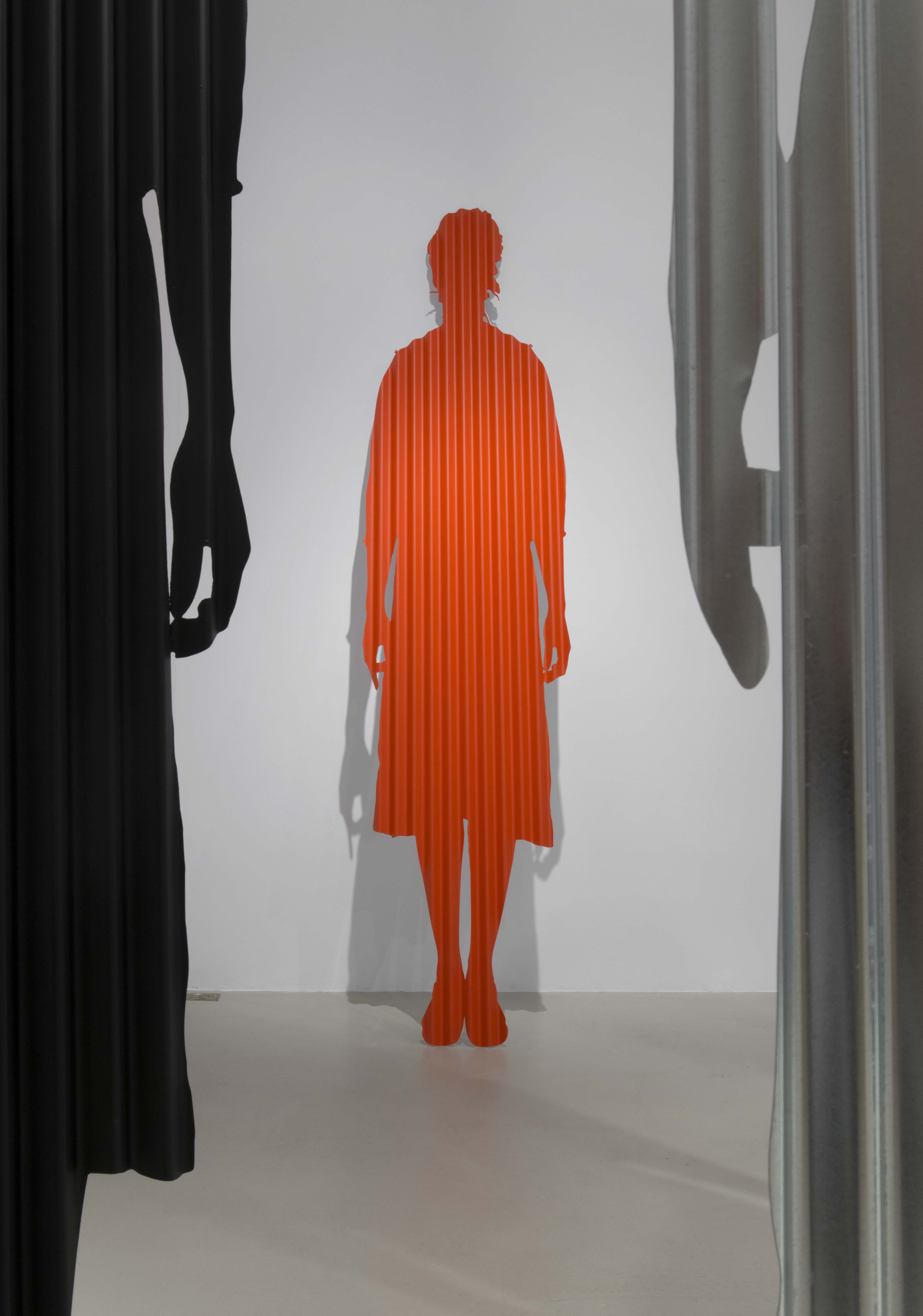Thursday October 19
6:30pm - 9:00pm
Art Gallery of York University, Accolade East Building
 Art Gallery of York University (AGYU)
Art Gallery of York University (AGYU)
Curated by Philip Monk and Emelie Chhangur
15 September – 3 December 2017
The suburbs strike back!
Everyone knows that Toronto is the most mixed city in the world, but can we imagine what Torontonians, and Canadians, think mixed means? When we imagine what mixed means we think back to Canada’s experiment with immigration and to the enshrinement of concomitant values of harmonization ensured by the Canadian Charter of Rights and Freedoms of 1982 and the Multiculturalism Act of 1988. In the Act, the government pledged not only to “recognize and promote the understanding that multiculturalism reflects the cultural and racial diversity of Canadian society and acknowledges the freedom of all members of Canadian society to preserve, enhance, and share their cultural heritage” but also to “promote the full and equitable participation of individuals and communities of all origins in the continuing evolution and shaping of all aspects of Canadian society and assist them in the elimination of any barrier to that participation.”

"Everything Scatter (Army Arrangement)" by Tau Lewis (2016) photo: Jennifer Rose
If the future of Canada was imagined in this inspired experiment, Toronto was the result. But if the bureaucrats back then imagined multiculturalism, they got mixed, which is not the same thing at all. “Continuing evolution and shaping” has turned out to be unpredictable and it is the children of these immigrant cultures who are now deciding what our common future looks like. If multiculturalism was meant to guarantee the rights of culture in the belief that cultures in Canada would exist harmoniously side-by-side in mutual respect, diversity is thought differently now. Diversity is not a case of maintaining separate but equal identities. Diversity is a matter of this mixing.
As part of a growing movement of revaluing place, the AGYU presents Migrating the Margins. Migrating the Margins looks to the future of Toronto art. The exhibition looks at the new conditions of artistic production in Toronto reflective of the vast changes in the city’s culture as a result of decades of immigration and life in the suburbs. The future is now and it is being defined and imagined differently in Toronto by a new generation of artists operating through principles of cultural mixing. We might not be totally there yet, but the artists of this exhibition are on the cusp in their examination or questioning of a new politics of identity and belonging. No overarching theme or point of view defines this project. Rather, this exhibition weaves together various lines of contemporary cultural inquiry, including: immigrant memory; dialogue with place origins through alliances with and allegiance to mothers; traces of Afro-Caribbean and Indian diasporas; the perseverance of Black life and the recovery of forgotten Black histories in Toronto; paeans to working class immigrant life in the suburbs and their burgeoning aesthetics; spirituality and sacrifice…
A mutation has occurred in Canada whereby we no longer need to look to the past to legitimate our history, as happens traditionally in national cultures. Let’s look to the future to validate our activities! This means (and here is the polemical part) that the idea of the Western project as exemplified in the historical continuity of avant-gardes, with its implicit concomitant privilege given to downtown art communities, has lost its authority. Migrating the margins to the centre does not mean moving them “there.” It means realizing that the margins, or the suburbs, are now the centre.

"SHE in Shadow Form, No Pigs in Paradise" by Nep Sidhu with Nicholas Galanin (2015–16) photo: Jennifer Rose
Migrating the Margins looks at how a new generation of Toronto artists is imagining this place, and picturing its future, by realizing the conditions of the future that exist now—due to the unique situation of Toronto’s demographics. This imagination is the altogether different and unexpected product of the multicultural dream: a cultural synthesis unique to Toronto—now the mixing of cultures and not just their (un)equal representation.
The Artists:
Scarborough-based multi-disciplinary, conceptual artist Erika DeFreitas explores the influence of language, loss, and culture on the formation of identity through public interventions, textile-based works, and performative actions that are photographed, placing an emphasis on process, gesture, and documentation. DeFreitas has shown nationally and internationally, including Project Row Houses and Museum of African American Culture, Houston, the Art Gallery of Mississauga, and Platform Centre for Photographic + Digital Arts, Winnipeg. In 2016, DeFreitas was a Toronto Friends of Visual Arts Award finalist as well as the 2016 Recipient of the John Hartman Award. She was a 2017 nominee for the Sobey Award and part of a residency at Alice Yard, Port of Spain, Trinidad and Tobago.
Anique Jordan’s trans-disciplinary practice employs photography, performance, poetry, and installation to draw attention to the Afro-Caribbean body as a site of political resistance and futuristic imagining. As an artist, educator, activist, and social-entrepreneur, Jordan is interested in how arts-based methodologies can expose approaches of community and self-survival to create community-led and self-sustaining models of local development. Most recently she represented Canada at the 1st World Afro-Descendant Youth Summit in Costa Rica, was artist-in-residence at The Watah School (2014), and exhibited at the Art Gallery of Ontario (2016). She is the Executive Director of the Whippersnapper Gallery and in 2017 was a recipient of the Toronto Arts Foundation Emerging Artist Award.

"arming by clara" by Anique Jordan (2017) photo: Jennifer Rose
Jamaican-Canadian artist Tau Lewis’ self-taught practice in sculpture and installation uses recycled, personal, plant-based, and synthetic materials to simulate living things and to explore the political boundaries of nature, identity, and authenticity. Her most recent solo exhibitions in Toronto at The Pendulum Project (2016) and 8-11 (2017) explored black beauty, identity politics, and the African diaspora while interrogating the appropriation of urban black bodies and landscapes. Her work is gaining international attention with recent exhibitions at RAGGA NYC and the New Museum, New York, and Night Gallery, Los Angeles, USA. She is represented in Toronto by COOPER COLE.
Rajni Perara’s art practice in painting, installation, and curating explores issues of hybridity, sacrilege, irreverence, the indexical sciences, ethnography, gender, sexuality, popular culture, deities, monsters, and dream worlds. A graduate of OCADU, where she won the Medal for Drawing and Painting in 2011, Perara has shown locally and internationally, most recently in the Colombo Art Biennial in Sri Lanka (2016), her native country. In 2014 she participated in the Fusion of Art and Culture Residency in Istanbul.
Nep Sidhu’s art practice in painting, textiles, and sculpture explores the way in which memory, social landscape, and stylistic interpretation can give way to myth, identity, and truth. His work has been shown nationally and internationally, most recently in a solo exhibition at the Surrey Art Gallery in British Columbia (2016) and at the Aichi Triennial in Japan (2016). Sidhu’s current collaborations with the Black Constellation Collective and Shabazz Palaces examine identity, ritual, and adornment in the worlds of fashion and music. In 2017, he was the recipient of the Toronto Friends of the Visual Arts Artist Award. Along with his family, Sidhu has formed Sher-E-Punjab Academy, an institution of boxing and learning for the village youth of Chakar, Punjab.
Established in 2013, Sister Co-Resister is an intergenerational/intersectional, 10-member feminist art collective, focused on collaborative art-making and trans-disciplinary exchange between immigrant and suburban artists of colour. Sister Co-Resister employs critical pedagogy, social practice, and intersectionality to produce a range of event- and object-based works, including zines, installations, performances, and skill-sharing sessions. Sister Co-Resister has produced special projects commissioned by the Art Gallery of Ontario, Justina M. Barnicke Gallery, Big on Bloor, Xpace, Younger than Beyonce, and at Gallery 44.
Farrah-Marie Miranda is an artist, writer, and conscious dreamer whose practice emerges from over a decade of work within migrant justice movements. In 2013, she founded and co-directed Mass Arrival, a critically acclaimed public intervention and installation that disrupted discourses of illegality surrounding migrant boat arrivals to Canada. Reviews of Farrah-Marie’s work have been featured in Canadian Theatre Review, Canadian Art Magazine, Toronto Star, the Torontoist, FUSE Magazine, THIS Magazine, and the anthology Wildfire: Art as Activism. She researches the pedagogical possibilities of performance in unmaking colonial borders. She is a recipient of a 2017 SSHRC grant.
Otherness is a collaboration between Toronto-based graphic designer Marilyn Fernandes and visual artist Pamila Matharu. Often working in an interdisciplinary practice at the intersections of art, design, and pedagogical strategies, they create installations, small-run publishing/ephemera, and socially-engaged projects through their contentious lens of personal and political. Marilyn Fernandes is a graduate of the School of Design, George Brown College (2003) and OISE, University of Toronto (2011) and Pamila Matharu is graduate of York University (BA, BEd, 2002).

